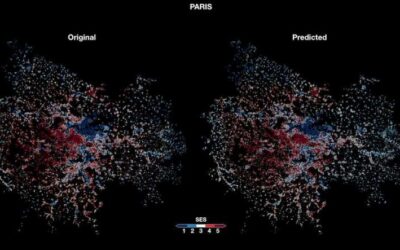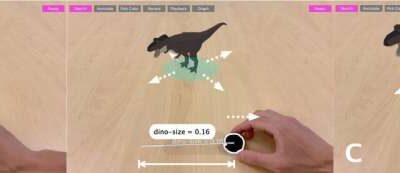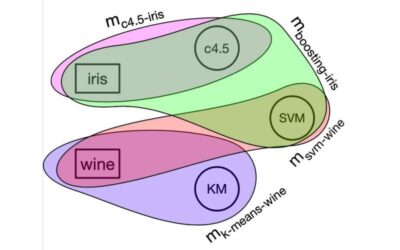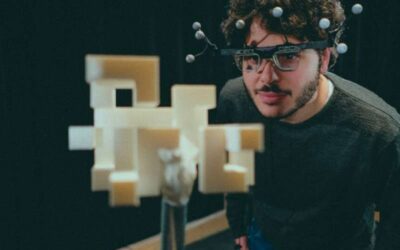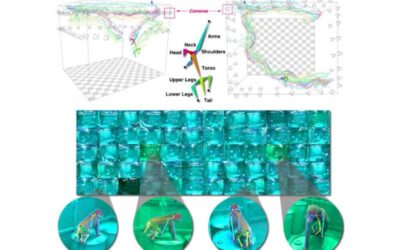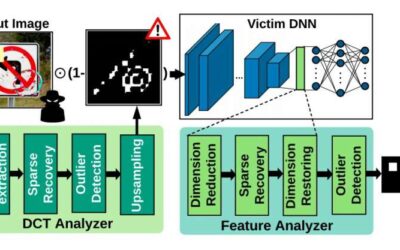Deep learning algorithms have proved to be promising tools to tackle a variety of real-world problems, especially those that require the analysis of vast amounts of data. In contrast with other computational techniques, in fact, these algorithms can learn to make...
Computer Sciences
RealitySketch: An AR interface to create responsive sketches
Researchers at University of Calgary, Adobe Research and University of Colorado Boulder have recently created an augmented reality (AR) interface that can be used to produce responsive sketches, graphics and visualizations. Their work, initially pre-published on...
Exploring the use of artificial intelligence in architecture
Over the past few decades, artificial intelligence (AI) tools have been used to analyze data or complete basic tasks in an increasing number of fields, ranging from computer science to manufacturing, medicine, physics, biology and even artistic disciplines....
HAMLET: A platform to simplify AI research and development
Machine learning (ML) algorithms have proved to be highly valuable computational tools for tackling a variety of real-world problems, including image, audio and text classification tasks. Computer scientists worldwide are developing more of these algorithms every day;...
Using social robots to improve children’s language skills
As robots share many characteristics with toys, they could prove to be a valuable tool for teaching children in engaging and innovative ways. In recent years, some roboticists and computer scientists have thus been investigating how robotics systems could be...
A machine leaning model that incorporates immunological knowledge
The complex network of interconnected cellular signals produced in response to changes in the human body offers a vast amount of interesting and valuable insight that could inform the development of more effective medical treatments. In peripheral immune cells, these...
PESAO: An experimental setup to evaluate the perceptions of freely moving humans
Humans regularly tackle and solve a variety of complex visuospatial problems. In contrast, most machine learning and computer vision techniques developed so far are designed to solve individual tasks, rather than applying a set of capabilities to any task they are...
OpenMonkeyStudio: A deep-learning-based system to estimate 3-D poses of freely moving macaques
To gain a better understanding of human behavior and cognition, as well as their neural underpinnings, researchers often study other mammals with similar characteristics. One of the most common species examined in these studies is the rhesus macaque, a type of...
CLEANN: A framework to shield embedded neural networks from online Trojan attacks
With artificial intelligence (AI) tools and machine learning algorithms now making their way into a wide variety of settings, assessing their security and ensuring that they are protected against cyberattacks is of utmost importance. As most AI algorithms and models...
Do explanations for data-based predictions actually increase users’ trust in AI?
In recent years, many artificial intelligence (AI) and robotics researchers have been trying to develop systems that can provide explanations for their actions or predictions. The idea behind their work is that as AI systems become more widespread, explaining why they...

